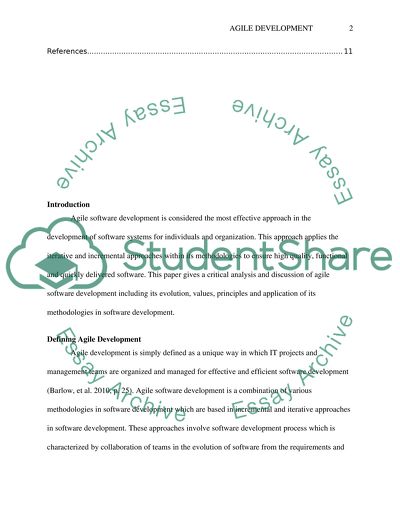Cite this document
(“Agile Software Development Essay Example | Topics and Well Written Essays - 2500 words”, n.d.)
Retrieved from https://studentshare.org/information-technology/1395632-agile-software-development
Retrieved from https://studentshare.org/information-technology/1395632-agile-software-development
(Agile Software Development Essay Example | Topics and Well Written Essays - 2500 Words)
https://studentshare.org/information-technology/1395632-agile-software-development.
https://studentshare.org/information-technology/1395632-agile-software-development.
“Agile Software Development Essay Example | Topics and Well Written Essays - 2500 Words”, n.d. https://studentshare.org/information-technology/1395632-agile-software-development.


